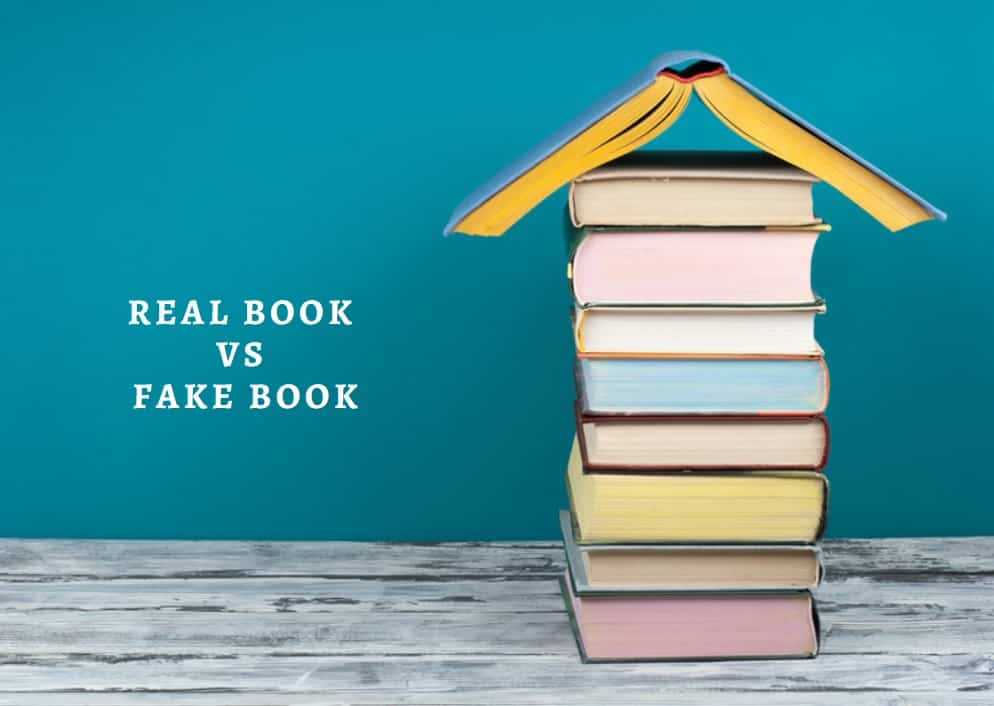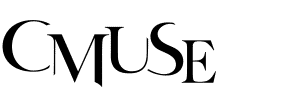
Before we delve further into this interesting dichotomy, I feel I ought to take a moment to explain what the terms ‘real’ and ‘fake’ mean in respect of sheet music. The term ‘fake’ was applied to sheet music that professional musicians had often hand-copied and made available to fellow players. This type of ‘fake’ sheet music was something that dates back decades and came to be known as ‘fake’ as they were not full arrangements of show tunes, jazz standards, or other well-known songs.
Real Book Vs Fake Book
‘Fake’ music came in the form of ‘lead sheets’ that contained melody and chords for these particular popular songs. Often there were notable inaccuracies yet they served the purpose of a starting point for musicians who perhaps had not played together, or did not know the tunes. This was essential, ‘faking’ it.
These ‘fake’ charts were also illegal copies of music. The musician who transcribed, copied, or arrange these pieces did not have permission to do so, and the title ‘fake’ became quickly associated with this ‘under the counter’ music. It was common, as this practice gained in use and popularity, for the ‘fake’ music to be illegally sold, avoiding the payment of royalties or any publishing rights that would have been in place.
According to various sources, the ‘Real Book’ was the brainchild of students at the famous Berklee College of Music in the US. They were frustrated by the inconsistencies that came with ‘fake’ books and in the 1970s decided to take matters into their own hands. The result was the ‘Real Book’ whose title was deliberately chosen to reflect the claim that the music contained in the book was accurate, up-to-date, and in every way different from the earlier ‘Fake Books’. Unfortunately, despite valiant attempts by the students at Berklee College, even their versions of the music contained irritating inaccuracies including wrong melody notes, missing bars, and incorrect chord changes.
Some of these original ‘Real Books’ are available to buy but I imagine they are at premium prices and serve very little practical purpose for the aspiring musician. It is also worth noting that these Real Books were also illegal. Like their predecessors the ‘Fake Book’, the Berklee ‘Real Book’ held no moral high ground and was a passion project that did not have the legal permissions it should have had.
By the time the 1980s arrived the larger publishing companies had come to realize that there was a hole in the music publishing market that they should address. The author and publisher Chuck (Charles) Sher published what was probably the first official ‘Fake Book’ in the 1980s, later continuing to publish what his company called ‘New Real Books’. Today there are many books published by the Sher company and others that take the name of ‘Real’ or ‘Fake’, but all of them licensed in the way they need to be and each claiming authenticity and accuracy in a way the earlier version could not.
One of the leading US publishers of fake and real books is Hal Leonard. Their catalog includes all manner of books that follow the format of the original books but in a reliable format containing the right melodies and chords. It was in 2004 that Hal Leonard bought or acquired the rights to the original ‘fake books’ and this, in turn, led to the publication of ‘The Real Book’. I believe there have been six editions of this popular publication that contains around two-hundred songs many of which were contained in the very first, illegal editions.
The emphasis of these books is Jazz and they contain some of the most important repertoires for any aspiring jazz musician to learn. Interestingly, these ‘Real’ books are still often referred to by publishers and musicians alike as ‘Fake Books’, keeping the origins of this material very much alive.
This makes the distinction between ‘fake and ‘real’ less clear than it may have been. In terms of presentation, many of these publications are produced as spiral-bound copies, intended to use by professional and amateur musicians. They are practical items with a tune per page normally shown as a lead sheet. This means melody and chord changes but no fully notated arrangement, hence the ‘fake’ element of these new publications.
Another rather quaint aspect of the Hal Leonard publications is that they are written out in an ‘ink pen’ font. This quite literally appears on the page as if it has been hand-copied using an old-style italic ink pen as it would probably have looked in the original editions. It takes a moment or two to get used to reading this font, but it is very common in jazz music and comes with a certain feeling of nostalgia and authenticity.
Many jazz musicians are not supporters of the ‘fake’ or the ‘real’ books as learning songs from sheet music is not perhaps the best way to join the world of jazz. The feeling is often that if you rely on sheet music to play jazz you have not genuinely learned the song and in particular, your improvisation may be stilted and overly reliant upon reading rather than listening. That said, these Hal Leonard ‘Real Books’ are no available in C, Bb, and Eb editions including a Bass edition. One additional plus for the purist is that you can also utilize the available backing tracks making the jazz experience all the more authentic.
The same is true for so many of the other ‘fake’ or ‘real’ publications that nor cover a huge range of musical styles. There is something there for everyone and even if you are not a confident player without music you have the luxury of all options and all styles to accommodate and develop your ambitions. It is also rather good to notice that many of these contemporary publications attribute their editions to the work of the early jazz musicians, acknowledging their invaluable if illegal, contribution to the ‘real’ and ‘fake’ world of sheet music.

Thanks for making the need for licensing so clear. Fake Books are still circulating widely among social media groups. Many people believe it to be fair use (under the teaching ruling) when people are just sharing the music sheets among themselves to help each other “learn how to play” a musical instrument or a specific song. Even if we’ve bought many different copies of licensed music, that gives no right to copy out the lyrics, transcribe the chords and distribute them without the copyright holder’s permission.
Excellent explanation. Great writer.